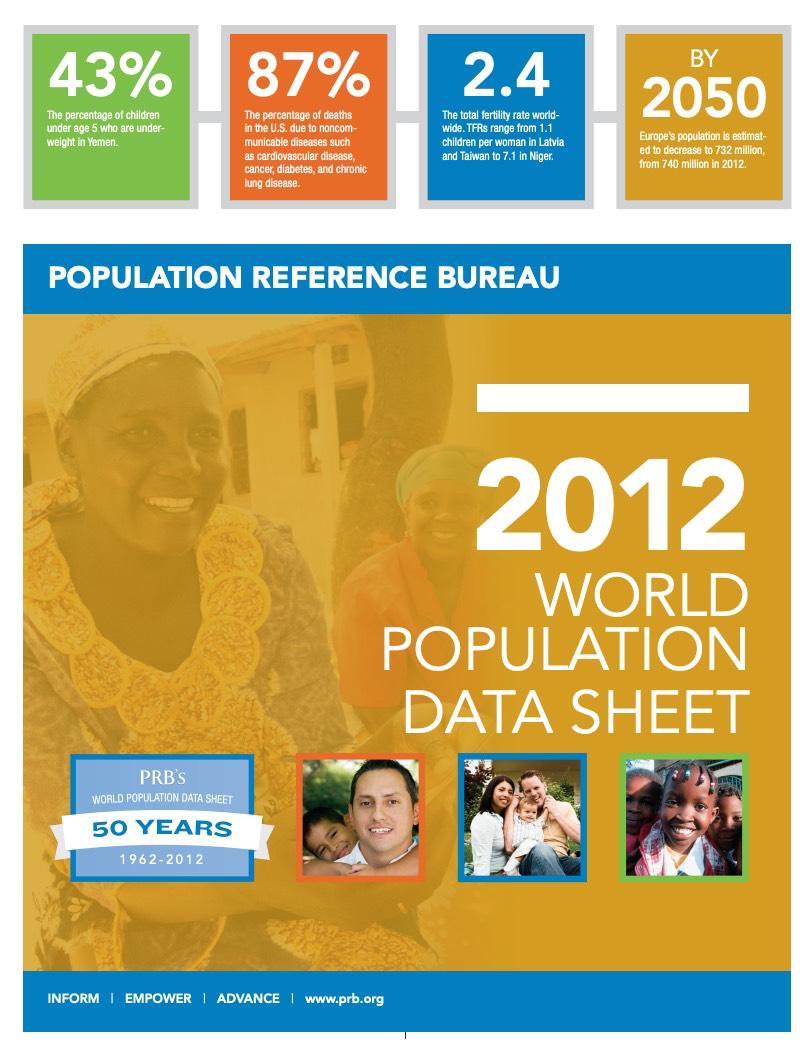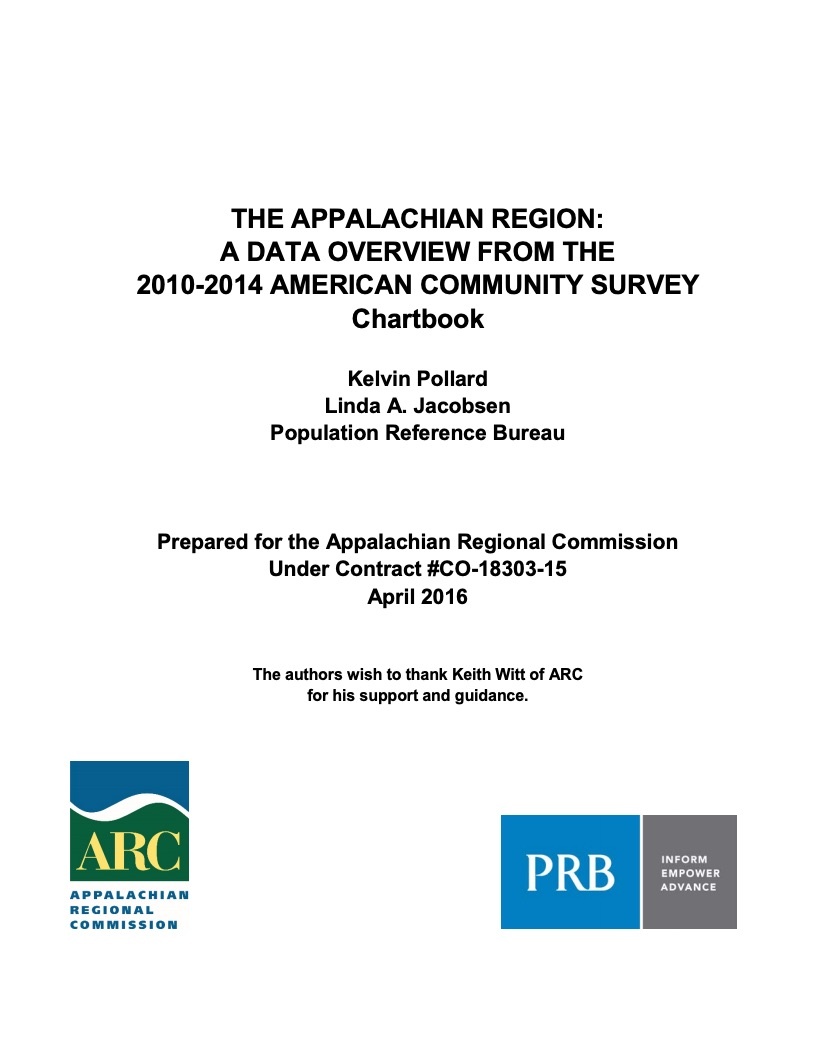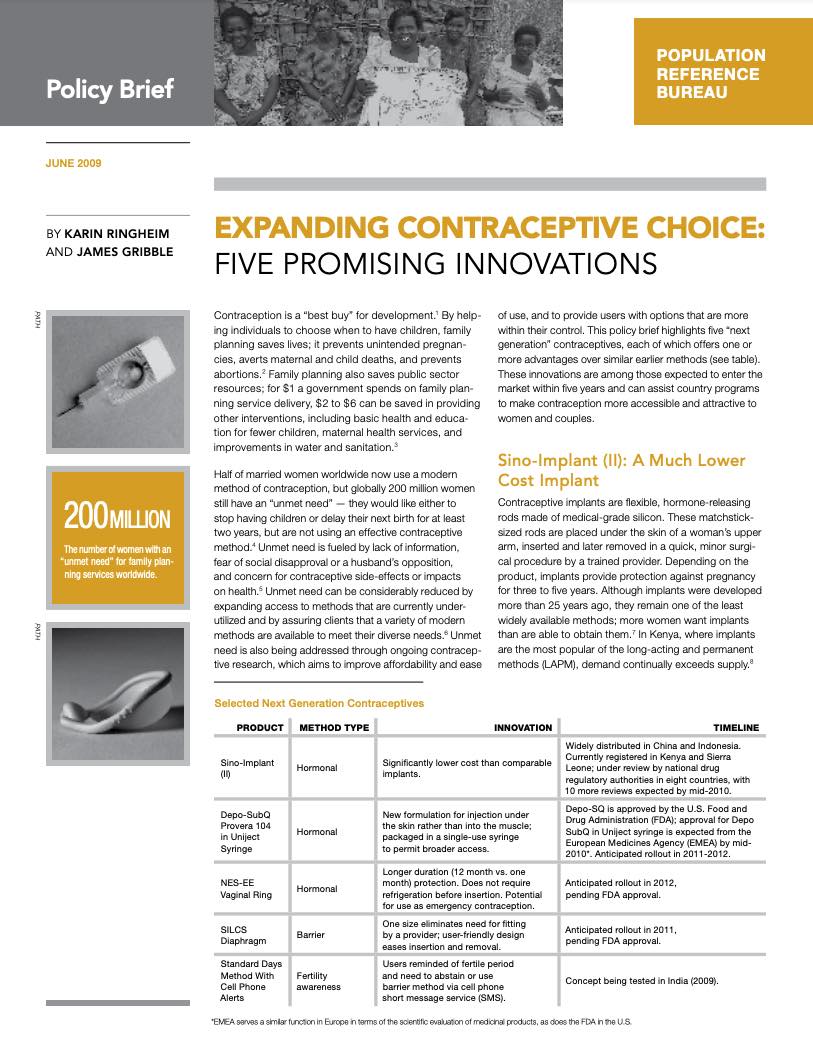Domestic Violence: An Ongoing Threat to Women in Latin America and the Caribbean
(2001) Despite laws against domestic violence, many women in Latin America and the Caribbean continue to be failed by the legal system.
(2001) Despite laws against domestic violence, many women in Latin America and the Caribbean continue to be failed by the legal system.

Nearly all future population growth will be in the world's less developed countries, and the poorest of these countries will see the greatest percentage increase.
(2011) For more than 20 years, since the first data collection in Sudan in 1989, the Demographic and Health Survey (DHS) team at Macro International has been tracking the prevalence of female genital cutting (FGC), also known as female genital mutilation and female circumcision.

Project: Appalachia: Demographic and Socioeconomic Trends
(2015) Appalachia's residents in their prime working years are less likely to be in the labor force or to hold college degrees than the U.S. population as a whole, but these and other demographic, health, and socioeconomic patterns vary widely within the region.
(2010) Humans are living longer than ever before. In fact, newborn children in high-income countries can expect to live to more than 100 years.

Project: BRIDGE: Bringing Information to Decisionmakers for Global Effectiveness
(2009) Contraception is a "best buy" for development. By helping individuals to choose when to have children, family planning saves lives; it prevents unintended pregnancies, averts maternal and child deaths, and prevents abortions.
(2011) Germany's recovery from the devastation of World War II is often called an "economic miracle" because its economy is now Europe's largest. Immigration has been an important part of the country's modern demographic history.

Project: Demography and Economics of Aging and Alzheimer’s Disease
Black adults who have not finished high school are at much greater risk of dementia than other groups.

(2013) UNAIDS has estimated that around 270,000 people are living with HIV in the Middle East and North Africa (MENA) region, an overall HIV prevalence of 0.1 percent among adults ages 15 to 49, and one of the lowest rates among world regions.